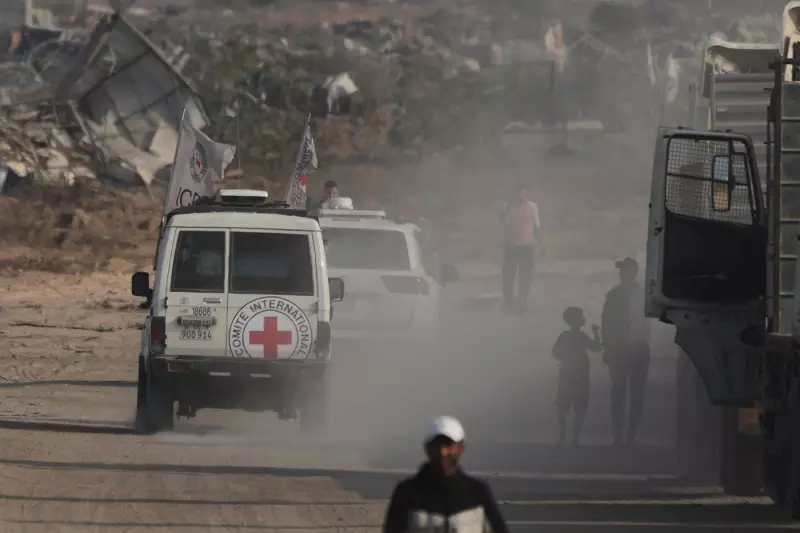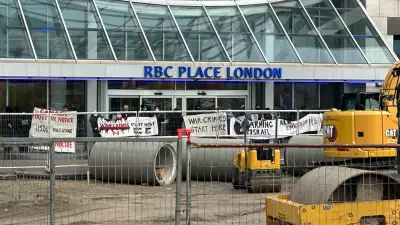
Humanitarian Transfer Amid Ongoing Conflict
Israeli authorities have transferred the bodies of 15 Palestinians to Gaza officials in a significant humanitarian development during the ongoing conflict. The handover occurred on Sunday, November 9, 2025, as confirmed by Gaza health officials who documented the receipt of the deceased individuals.
Red Cross Facilitates Transfer Process
The sensitive operation was facilitated by the International Committee of the Red Cross, with a convoy clearly marked with the organization's distinctive emblem making its way toward the border crossing with Israel in Deir al-Balah, Gaza Strip. AP photographer Jehad Alshrafi captured images of the Red Cross vehicles navigating through the conflict-affected region, highlighting the organization's crucial role in mediating such humanitarian exchanges.
The transfer represents one of the few cooperative efforts between the conflicting parties amid intense hostilities that have characterized the Israel-Hamas war. Such body repatriations are often seen as confidence-building measures, though they occur against a backdrop of continued violence and political tensions.
Context and Implications
This development comes as the conflict between Israel and Hamas continues to generate international concern and diplomatic efforts. The return of Palestinian bodies follows established protocols where both sides periodically exchange remains of combatants and civilians as part of temporary humanitarian arrangements.
The exact identities and circumstances surrounding the deaths of the 15 individuals remain unclear, though such transfers typically involve those killed in recent clashes or operations. Gaza health officials have taken custody of the bodies and will presumably work to identify them and return them to families for burial according to local customs and traditions.
Human rights organizations have repeatedly emphasized the importance of such humanitarian gestures, noting that they provide closure for grieving families while maintaining minimal channels of communication between adversaries. However, critics argue that these exchanges do little to address the underlying causes of the conflict or prevent further casualties.





